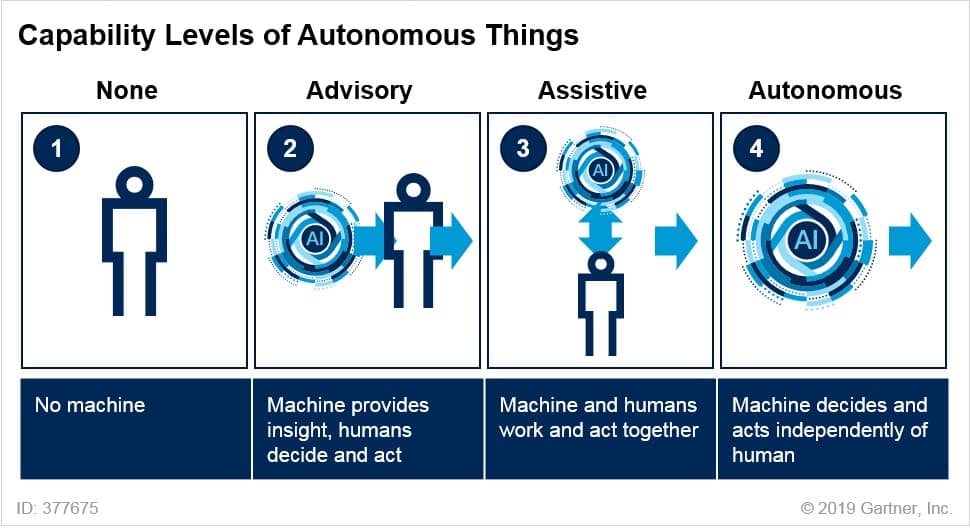
Tiger Team Approach Could Help Autonomous Tech Flourish
Our CEO, Tom Bennett, was recently interviewed by the Technology Review related to how autonomous technology is helping during the global pandemic and economic crisis. But even with the best news stories, there is always more to say on the subject! Lucky for us, Tom was more than happy to share a few more insights.
Inertial Sense: “Autonomous” is the new buzz – what’s going on?
Tom Bennett: We are hearing a lot about autonomy in particular with what’s going on with the COVID crisis. This is completely logical. Most companies (including their CEOs, Board of Directors, and shareholders) are wondering what they could have already automated in their supply chain, delivery infrastructure, and other parts of their processes that would’ve allowed them to weather the crisis better. The stance I hear right now is “I’m not going to let that happen to me again, I’m going to be more prepared next time.”
IS: Do more autonomous robots mean fewer human jobs? Are robots taking over?
TB: No, and not for the foreseeable future. Most people forget there are many degrees of autonomy. At the most basic level, autonomy allows a robotic device to perform an easily repeatable task – the robot picks up a bolt, sets it then repeats the task. Then there are the semi-autonomous tasks, which robots can do mostly on their own but with some occasional intervention. Fulfilling orders in a warehouse or robots that clean floors is a mostly automated situation, but occasionally, a human assist is needed for the robotic device to complete a task. Finally, there are robots that are human-operated and assisted, and perform complex and heavily situational dependent operations but need a lot of direction from a human.

Image Credit: Gartner
IS: So, what is the right application for “autonomous things” as you called them?
TB: From a general standpoint, the markets that will develop autonomy fastest are those that are already well-established industries, those where autonomy involves little to no human safety risk and are loosely or lightly regulated from a legal standpoint. There’s no question that adoption will be driven by economics over time, so the solutions that demonstrate a clear and quantifiable return on investment for the company are going to rise to the top. As a result, you see great advancements made in autonomous robotics that involve relatively interesting or non-glamorous applications, since often, that’s where the highest labor savings are found.
IS: What’s next for these autonomous things?
TB: As I mentioned, it’s a great time for the convergence of technology and advancements are happening seemingly overnight – cameras, sensing, localization, and Artificial Intelligence (AI) are just a few pieces coming together and accelerating development. That said, not everyone has the budgets of Walmart or Amazon. The giants will be able to afford the most sophisticated and costly autonomous robotics, and everyone will benefit from the innovations, but not at the same level of cost and sophistication. As a result, we will continue to see augmentation instead of replacement; robotics will assist us, not replace us.
IS: So, what should small companies do? Are they out of the game?
TB: Not at all! Small companies should adopt a hybrid approach and look to integrate autonomy into their existing products and technology. Partnerships like NASA struck with SpaceX – will speed innovation. Companies with a vehicle – and here I mean something like a commercial mower, not a car – can partner with a company like Inertial Sense for the autonomous navigational piece. That way, each company stays focused on its core competency, but together reach their shared goals faster.
IS: Any closing comments?
TB: Companies are going to have to figure out how to work with their legacy systems, not toss them out and start from scratch – no one can afford to do that, and it takes too long to re-tool. Taking a partnership approach will enable each entity to innovate faster, then come together for a truly autonomous solution.

